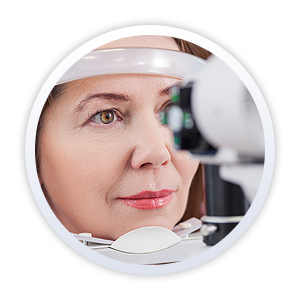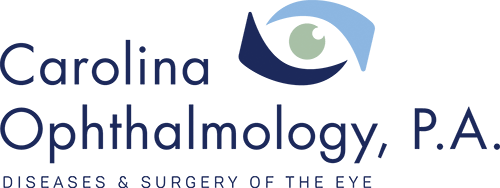What is Blepharitis?
Blepharitis is a chronic or long term inflammation of the eyelids and eyelashes. It affects people of all ages. Among the most common causes of blepharitis are:
- Excess oil produced by the glands in the eyelids
- A bacterial infection (often staphylococcal)
- An allergic reaction
There are two ways in which blepharitis may appear. The most common and least severe, seborrheic blepharitis, is often associated with dandruff of the scalp or skin conditions like acne. It usually appears as greasy flakes or scales around the base of the eyelashes and as a mild redness of the eyelid.
Sometimes, blepharitis leads to chalazia which are clogged, oily secreting glands on the eyelid margin that causes a nodule (often painless and firm in texture). Also, acute infection of the eyelids can result in styes.
Ulcerative blepharitis is a less common, but more severe condition that may be characterized by matted, hard crusts around the eyelashes, which, when removed, leave small sores that may bleed or ooze. There may also be a loss of eyelashes, distortion of the front edges of the eyelids and chronic tearing.
In severe cases, the cornea, the transparent covering of the front of the eyeball, may also become inflamed.
How is blepharitis treated?
In many cases, good hygiene and a regular cleaning routine may control blepharitis. This routine can include:
- Frequent scalp and face washing
- Warm soaks of the eyelids
- Eyelid scrubs
When a bacterial infection is the cause, eyelid hygiene may be combined with various antibiotics and other medications. If the cause is an allergic reaction, the source of the reaction, such as eye makeup, should be removed. Eyelid hygiene, in all cases, is particularly important upon awakening because debris can build up during sleep. Blepharitis is usually not serious, but is chronic. It can often lead to more serious problems.
Eyelid Hygiene
DIRECTIONS FOR AN EYELID SOAK
- Wash your hands thoroughly.
- Moisten a clean washcloth with warm water.
- Close eyes and place washcloth on eyelids for about 5 minutes.
- Repeat several times daily.
DIRECTIONS FOR AN EYELID SCRUB
- Wash your hands thoroughly.
- You may use an “over-the-counter” eyelid scrub solution, or you can also use diluted baby shampoo. (Caution: Do not use regular shampoo as this can irritate the eye!)
- Close one eye and using a soft, clean washcloth or cotton pad (a different one for each eye) rub the lid scrub mixture back and forth across the eyelashes and the edge of the eyelid. You can also use a cotton swab to access the eyelid edges more easily.
- Rinse with clear, cool water.
- Repeat on other eye.
IPL For Ocular Rosacea
Intense Pulsed Light (IPL) has long been used to treat patients with rosacea, an inflammatory condition of the skin associated with flushing, telangiectasias (broken blood vessels), and acne. Patients with rosacea often have ocular rosacea and blepharitis or meibomian gland dysfunction.
The meibomian glands are the glands in the eyelids that secrete oils that contribute to the tear film of the eye. Dysfunction of the meibomian glands is a major contributor to dry eye symptoms because oils in the tear film contribute to the longevity and stability of the tear film. Serendipitously, in the course of treating patients with rosacea it was discovered that dry eye symptoms often improved.
Since the initial study utilizing IPL for evaporative dry eye due to meibomian gland dysfunction was published in 2015, multiple studies have been done that have showed multiple benefits of IPL on dry eye including improved symptomatic comfort, improvement in the tear film lipid layer thickness, quality, and expressibility, improvement in meibomian gland inflammation and microstructure, improvement in lid margin vascularity, reduced number of inflammatory cytokines in the tear film, and reduction in demodex mites which are thought to contribute to meibomian gland dysfunction. Three sessions are performed at monthly intervals to the lower lids and cheeks. Repeat sessions are recommended.





